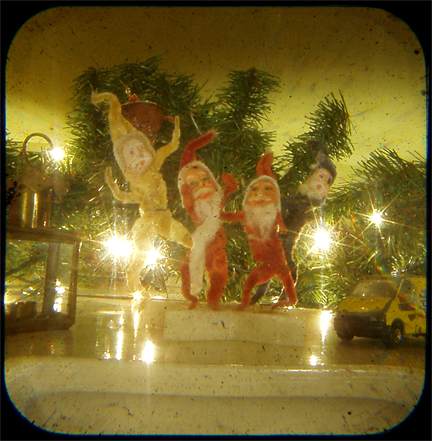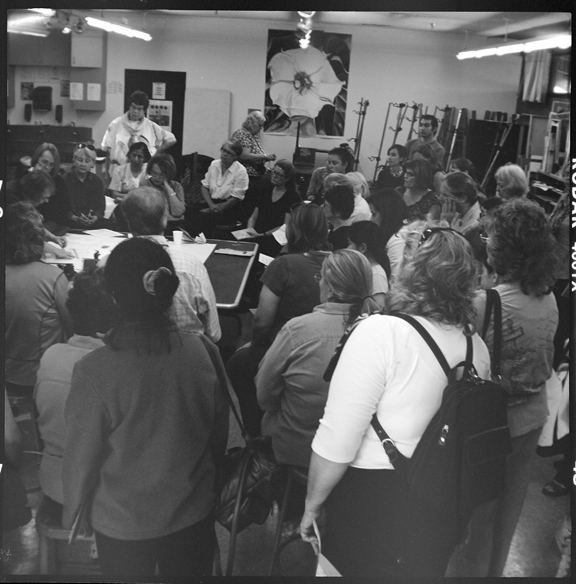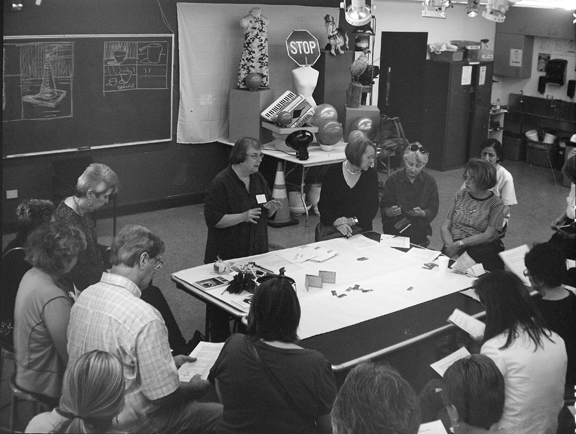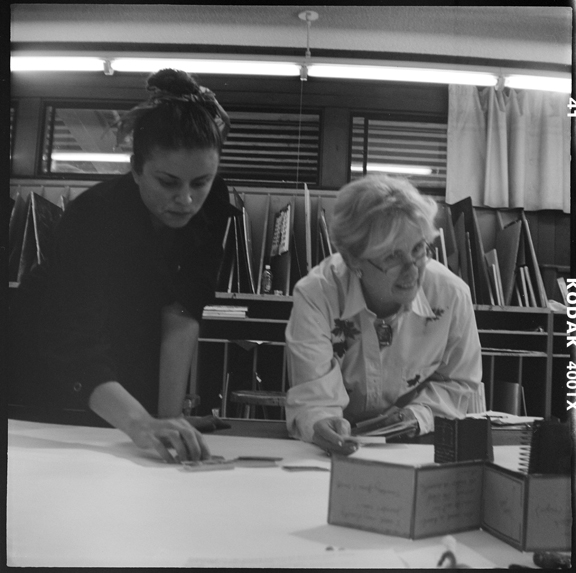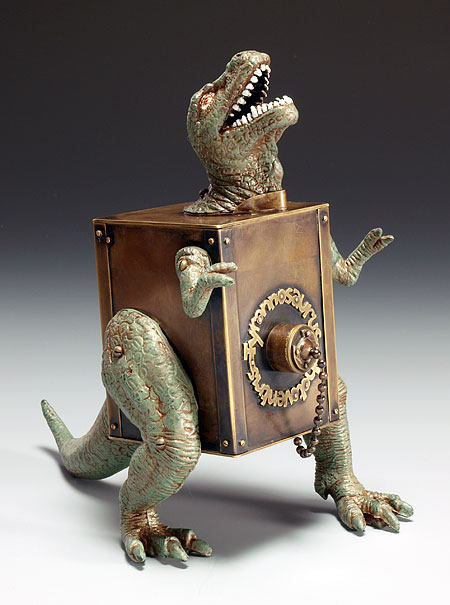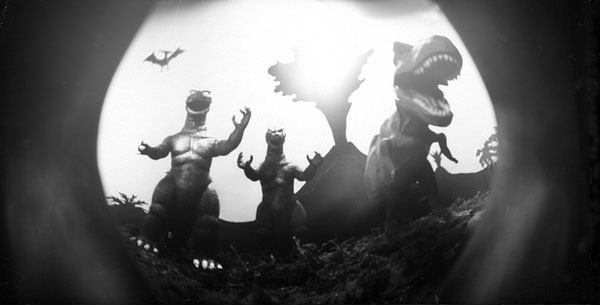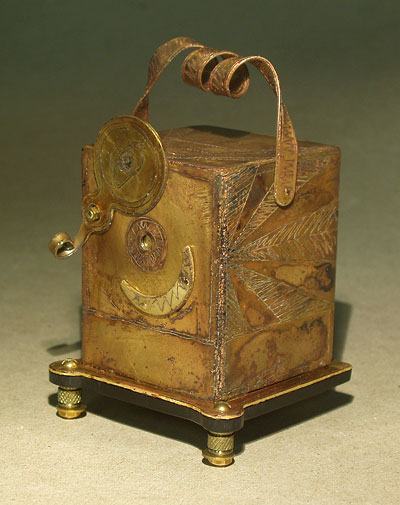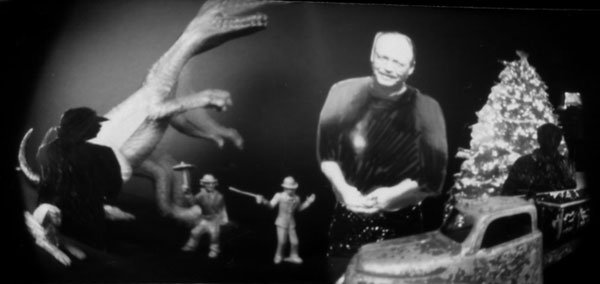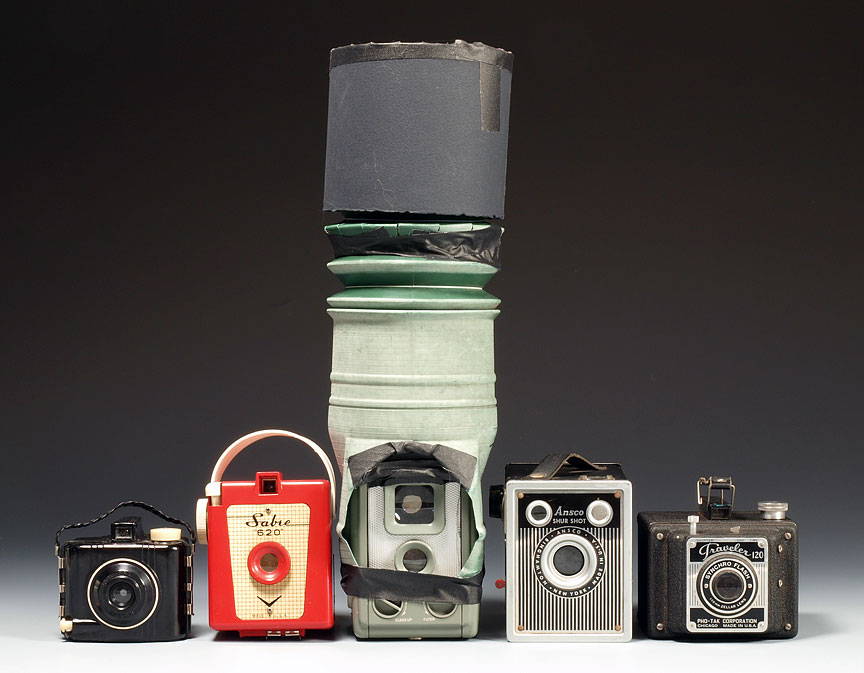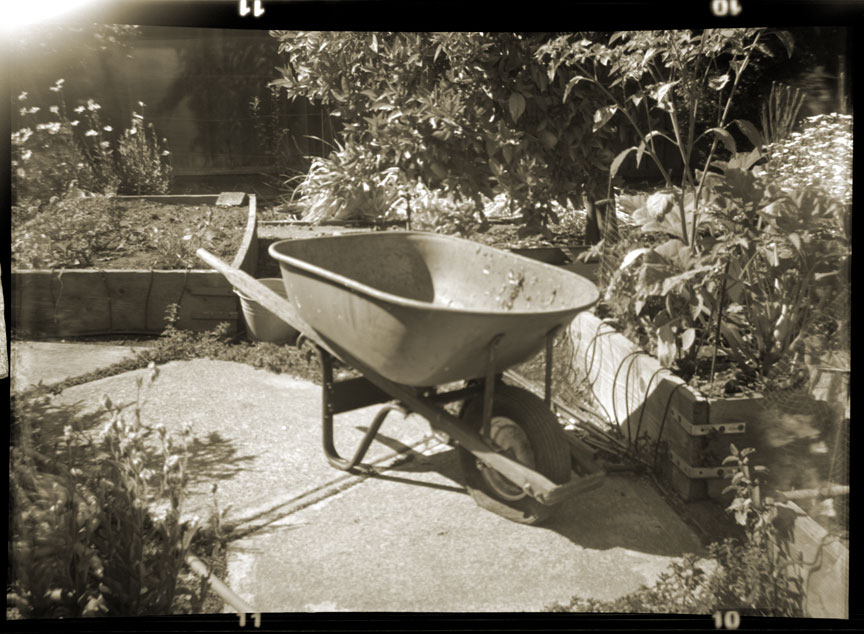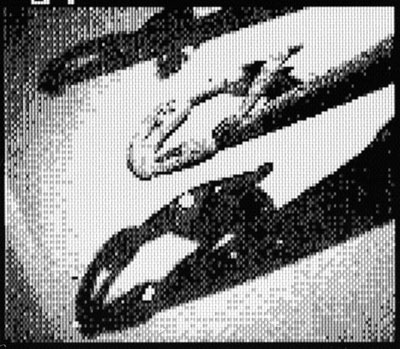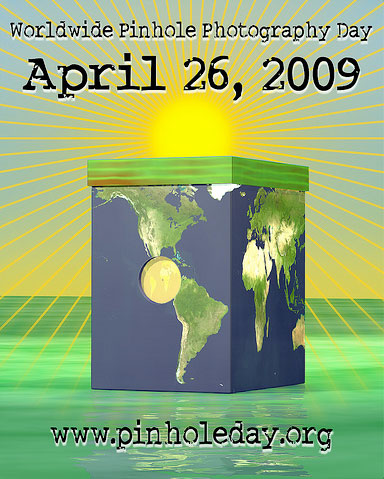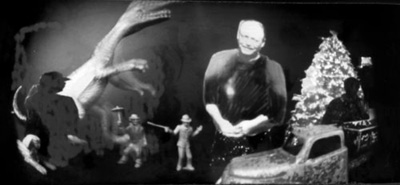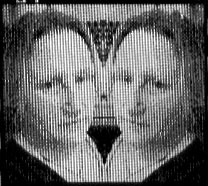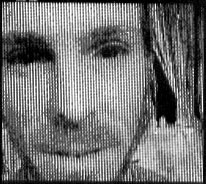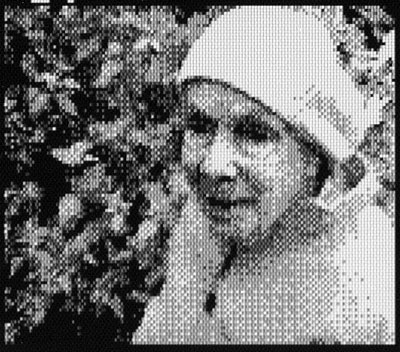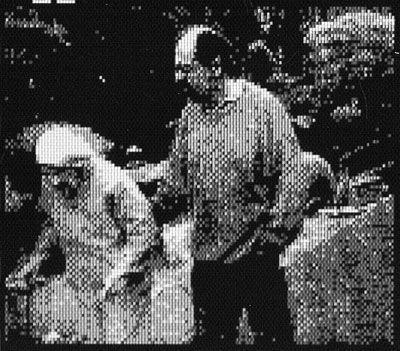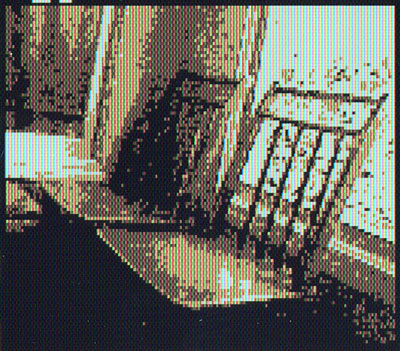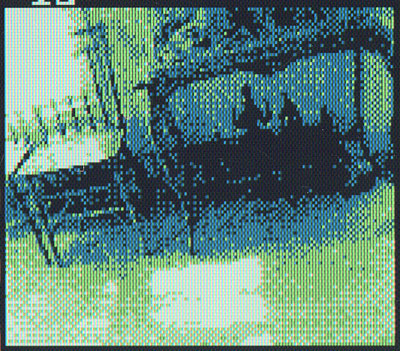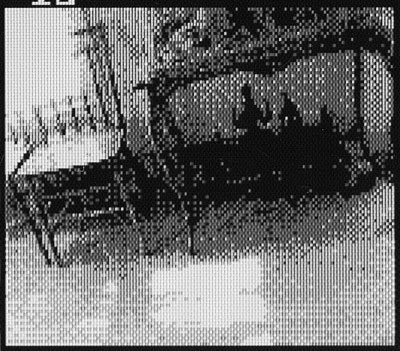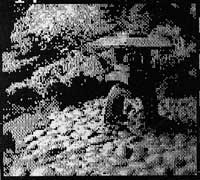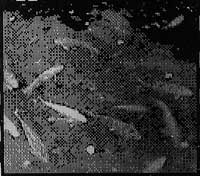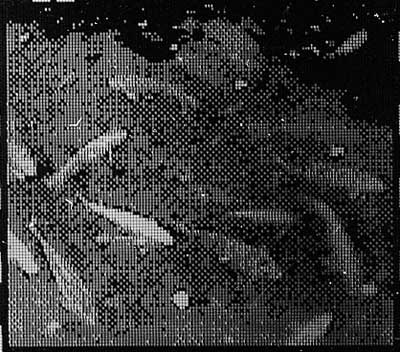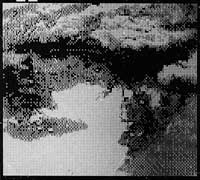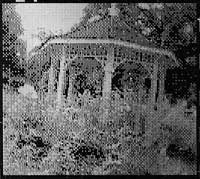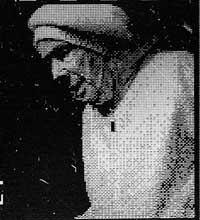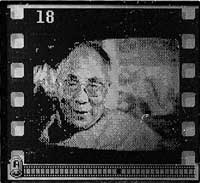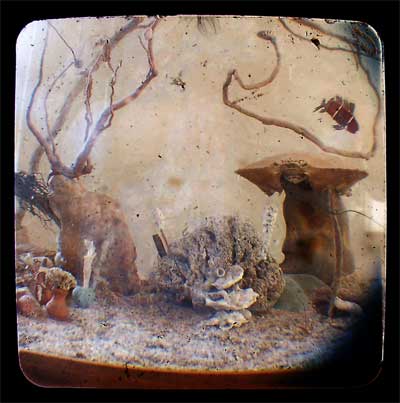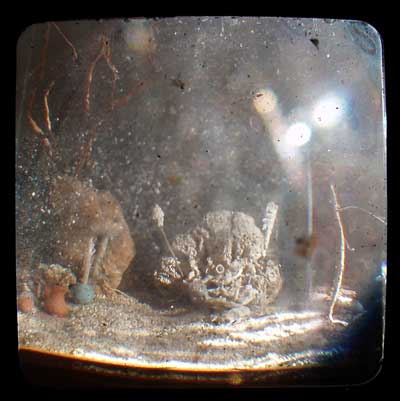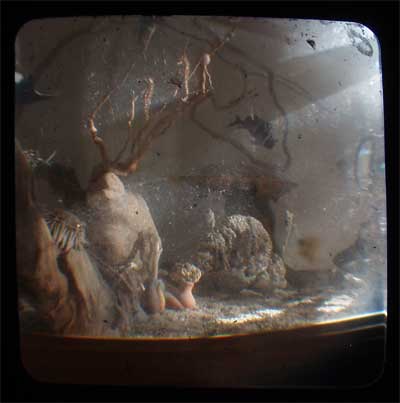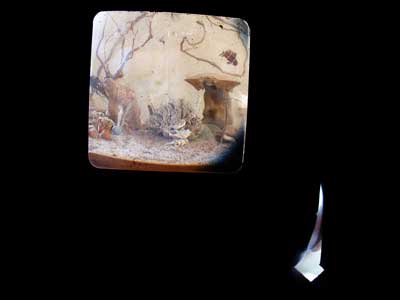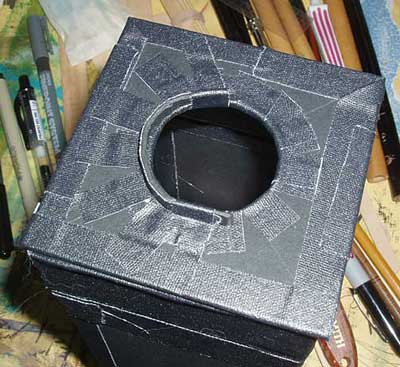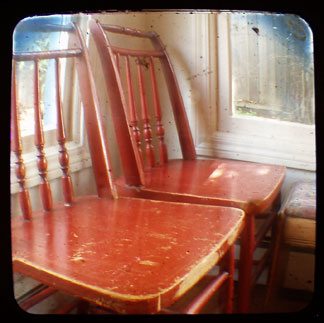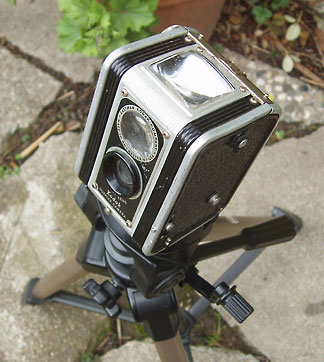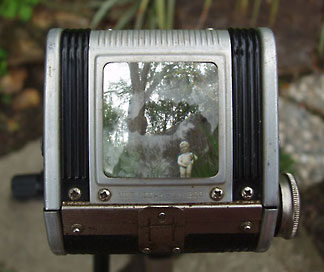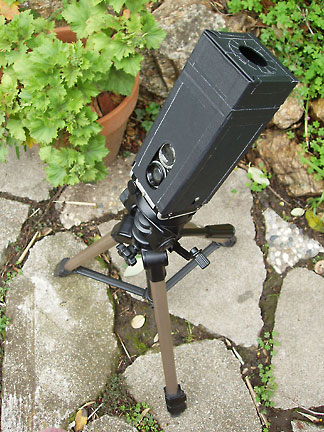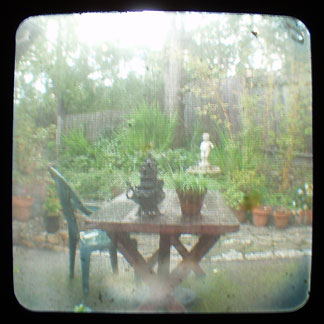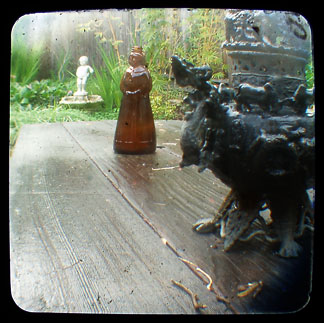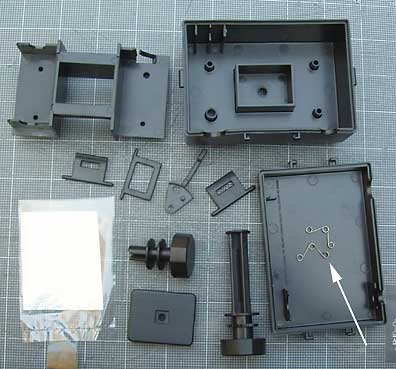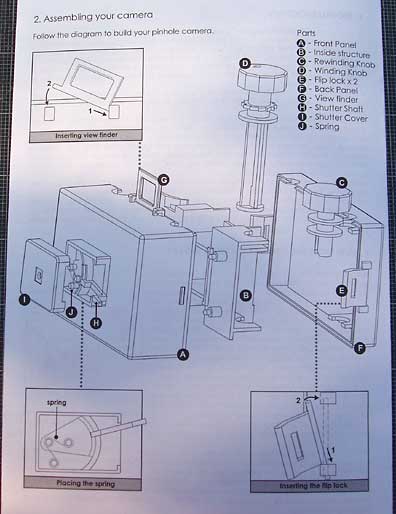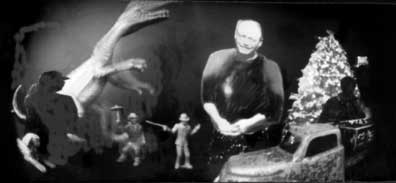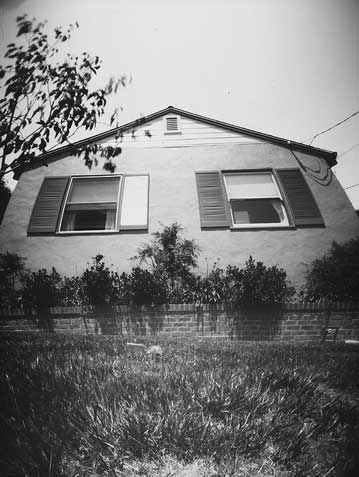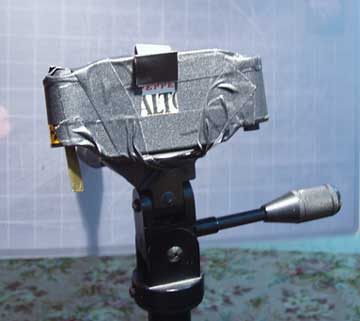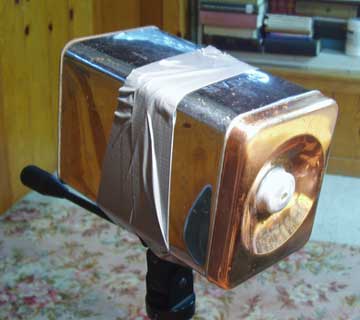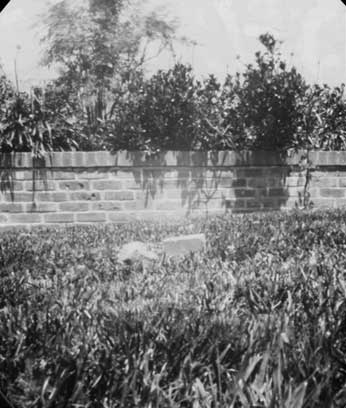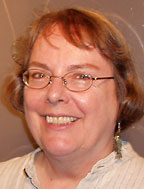
This is Lorgnette for a Fish Goddess, ©1997. The materials are silver, brass, sea shells and kelp.
I have been taking a bunch of photos this week. I need some nice ones for the slide show at the
Book Arts Jam. Plus I would like to get some more images on my web site. And there is a publication I'm thinking of sending an application to. There are lots of "buts" in there, that you can't see in print. What are they? Well, I do have some photos I could send to the Jam. But I am not totally happy with them. I would love to have more images on my web site, but it's a low priority at this moment. (Although I do have a new gallery planned.) And the publication? It's
Lark books, and they "strongly prefer film." I do understand that digital has much less information than film. But it's so hard to get a good shot with film. So today I have been taking digital photos. I'm happy with a few of them. (about 10 out of 100.)
And why don't I "just" get a professional to do the photos? I didn't like the results when I tried several professionals. And the expense for just a few images seems incredibly high to me. I went to the last BABA Sunday meeting on photography and people there seemed to agree, you have to take each book as a different case. People there were suggesting experimenting with each book. And why should I pay someone to do that? Or why should I pay someone to do a bad job. I can do an okay job myself, and I will probably be happier with how the book is presented. I am just not that good at the lighting. I keep trying to get better, and I think I am improving. I definitely understand more now than a few years ago. It's possible I will be rejected from Lark books, for not having slides, for not having good lighting, for not sending whatever the juror likes. But I'll have a bunch of images to put on my web site.
Here's a
flickr set with photos of my last set-up. There are comments on the photos, and they will enlarge. (To enlarge: when you're on the main photo page, with "bertmac's photos" at the top, click on the photo. Then click on "all sizes" at the top of the image.)
I did get some good ideas at the
BABA meeting:
1. Dark backgrounds can work with enough light on the book/object.
2. Use the digital camera to get all set-up before taking the final shots on film.
3. You can now buy daylight bulbs and daylight film for slides.
4. Take some shots from the back - they may be very interesting and useful.
5. Their rolls of paper were controlled by a chain. I think they have some tension on them, so you can adjust the curve of the paper. This may be the problem with the photo above. The curve might be too sharp instead of gradual.
I also got a lot of good ideas for my set-up
here. This is a web site for jewelers, but the photo information is useful, and easy to scale up to larger objects. One thing suggested at ganoksin is using mirrors to reflect light onto your object. This works great for metals, but I'm not sure how it will translate into paper. I need to try that this week.
Now it's time to take photos!
Labels: Photography
